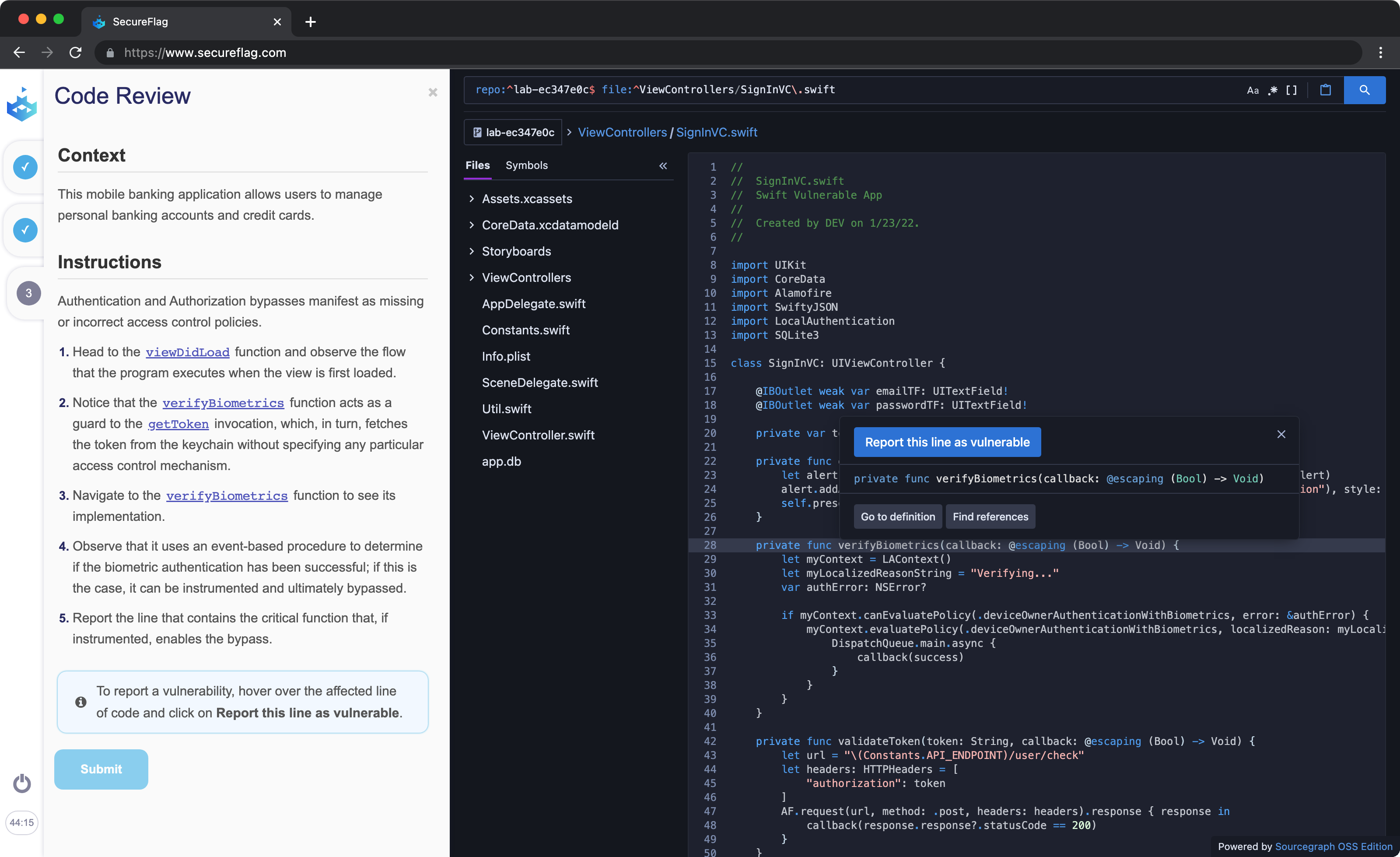Objective-c and Swift: which should you choose?
As arguably trendy as they are comparatively expensive compared with most of their PC cousins, Mac computers and iPhones are the staple technological device for millions upon millions of people globally. Housed within each unit’s shiny silver encasing is a mass of tightly bound hardware and interconnected circuits that come to life courtesy of Mac’s very own Operating System versions: MacOS for Macs, and iOS for iPhones, leveraging Objective-C and Swift as their main programming languages respectively.

With all the money in the world that a manufacturer like Apple can direct towards the quality and integrity of the hardware and software that make up its empire, there are - unsurprisingly - new vulnerabilities that spring to life with regularity, even if they are often borne of poor coding habits known for decades.
That said, these are two robust languages with many positives between them. But which language is best suited for what? Which one can ease development for developers, and reduce costs for organizations? And which one is more secure and resistant to bad actors?
A key decision in any iOS app development begins with considering objective c vs swift and which is going to be the best programming language for your project.
This brief article explores these questions to help you make an informed choice. It also explains why hands-on secure coding training is essential for development teams working with Swift and Objective-C.
What Is Objective-C?
Objective-C is a general-purpose, object-oriented language that adds Smalltalk-style messaging capabilities to C. Invented in the 1980s, it still remains one of the primary languages to develop iOS and macOS, plus mobile applications for these platforms. Even though many developers have turned to the newer Swift language over the last number of years, Objective-C has nevertheless remained popular courtesy of a number of advantages.
First of all, Objective-C is mature and stable - it has been used and tested for many years by many now battle-hardened practitioners of the language. Moreover, from a skills availability perspective, there is a wealth of experience in Objective-C in the market also thanks to the amount of time it has been around.
Objective-C is able to incorporate third-party code written in C or C++, and it also enables developers to use private APIs, particularly when a customized solution is required.
What is Swift?
Released in 2014, Swift is an intuitive programming language for iOS and macOS. Its place of birth was at Apple itself, and it is thus optimized specifically for Apple hardware. Unsurprisingly, it delivers better and faster performance than many other languages for many use cases.
Swift incorporates ideas from many languages, making it easier for programmers to seamlessly integrate into their toolchain. It also offers several intuitive features to simplify development, creating English-like code that’s cleaner and less error-prone.
Objective-C vs Swift: Pros & Cons
Both Objective-C and Swift have detractors and supporters. So, which language is “better”? Understand the differences between Objective-c and Swift by exploring their strengths.
Swifts’ Strengths
Objective-C, being the older of the two languages, is more difficult to incorporate into existing tech toolchains compared to Swift. Also, its complex syntax is generally considered more challenging to learn. Swift has simpler syntax, making it easy to learn and use. In addition, since it is more “compact”, it requires fewer lines of code for the same feature compared to Objective-C. This code is also more reusable and portable.
Swift is also faster than Objective-C, quite simply, because it was purposefully designed to do away with the overhead introduced by the dynamic aspects of Objective-C.
Unlike Objective-C, Swift is an open-source and cross-platform language. So, it’s not limited to Apple OS devices, but can be used to develop many third-party frameworks and tools.
For all these reasons, Apple actively promotes the use of Swift for its OS and applications.
Objective-C’s Strengths
Objective-C makes it easier to manage objects. Moreover, since it is a well-tested, approved, and mature language, it can be easier to hire Objective-C developers for mobile apps development. In contrast, many APIs have not yet caught up with Swift apps.
Since Swift is newer, applications must be regularly migrated to the newest version, which takes both time and money.
Unlike Swift, Objective-C is compatible with C++, so it’s easy to operate products containing code written in C++ (or C). Objective-C is a good choice to streamline iOS mobile apps across multiple iOS platforms, and for use cases such as:
- When an app is already written in Objective-C and has an enormous codebase
- If C or C++ third-party frameworks are used
There are some clear differences with Objective-c vs Swift, including their features, benefits and capabilities. It is important to consider your project needs and context when making the decision on choosing Objective-c or Swift.
Security Contrast & Comparison: Objective-C vs Swift
Each language has its basket of various strengths, with some situations more suited to one than the other. Unfortunately, both, too, also come with a number of weaknesses. It is crucial that you compare Objective-C vs Swift in the context of security.
Objective-C uses pointers that can introduce bugs and security vulnerabilities. Bugs of this nature can be particularly tricky to find and fix too.
Swift, on the other hand, doesn’t expose pointers or other unsafe internals to the programmer, meaning Swift apps are unaffected by this risk. Its shorter feedback loop makes it easier to identify and fix bugs than doing so in Objective-C. Furthermore, Swift also provides safeguards to prevent coding errors and minimize the risks of deploying low-quality code.
Swift is certainly not impervious though - it provides efficient error handling to prevent code crashes and errors in production; however, all of these benefits fall away when interaction with a private API is required.
Importantly, many vulnerabilities that threaten applications and don’t strictly concern language features can also arise in Swift applications… that is, Swift applications can still suffer from vulnerabilities like:
- SQL injections
- Reflected XSS attacks
- Stored XSS attacks
If any of those vulnerability names ring a bell, well, they all should! “Old” bugs and techniques of compromise continue to present despite guardrails built into new languages, an unfortunate reality, albeit one that can be greatly mitigated by - you guessed it - effective secure coding training.
No language is completely safe and secure - neither Objective-C, Swift, nor any other in circulation for that matter - which is why your developers should be aware of the security risks of both languages. They should also know how to remediate security issues, and for this, they need training. And not just any training, but practical, hands-on training that prepares them for the real world.
Hands-on Secure Coding Training in Objective-C and Swift with SecureFlag
SecureFlag’s secure coding training programs teach secure coding practices for Objective-C and Swift through 100% hands-on exercises. Our approach breaks away from old-fashioned training approaches that rely on (boring) slideshows and (ineffective) quizzes.

With our 100% hands-on and personalized training, coders can learn defensive programming based on real-world vulnerabilities. More importantly, they can start applying their learnings almost instantly in their professional lives.
This enables you to effectively consider and compare Objective-C vs Swift in real-life environments. You can reduce the risk of choosing the wrong programming language and learn to code securely from the start of your project.
Contact us to know more about our hands-on secure coding training platform for Objective-C and Swift developers.


